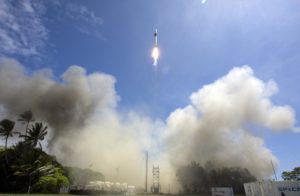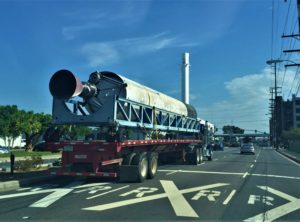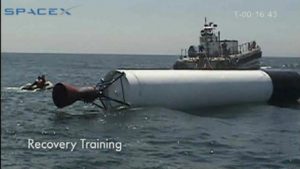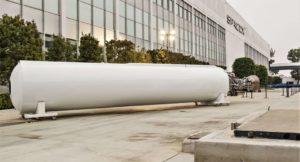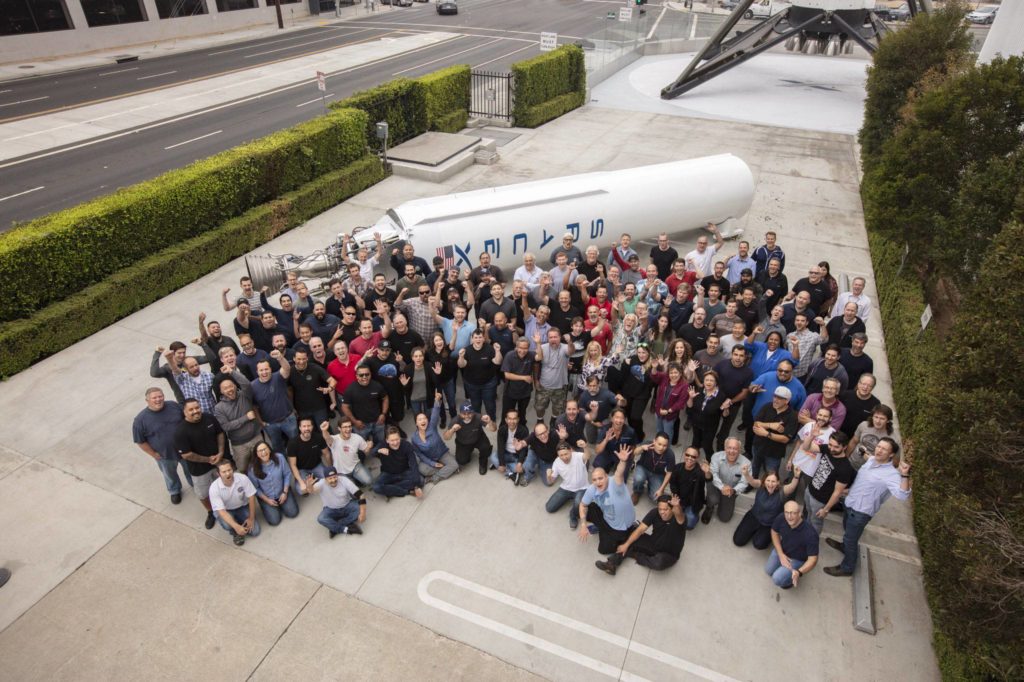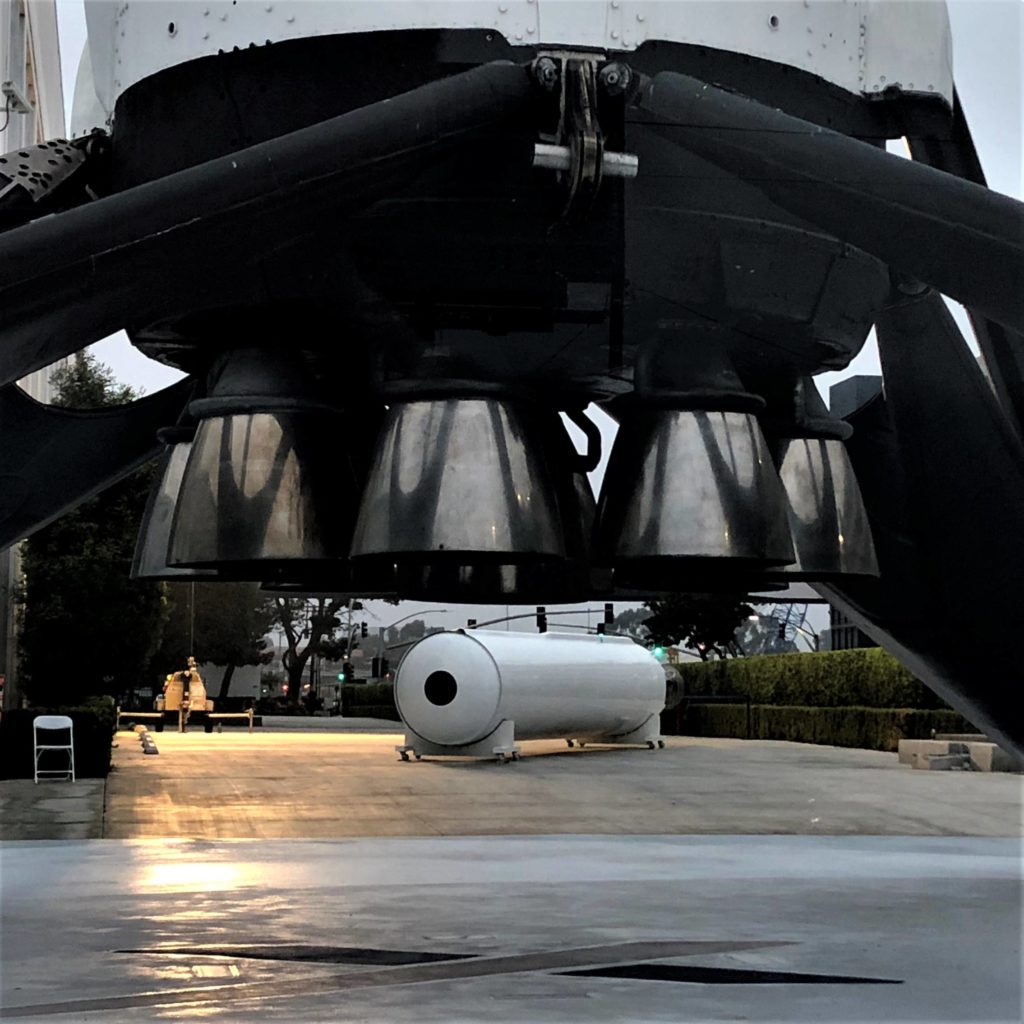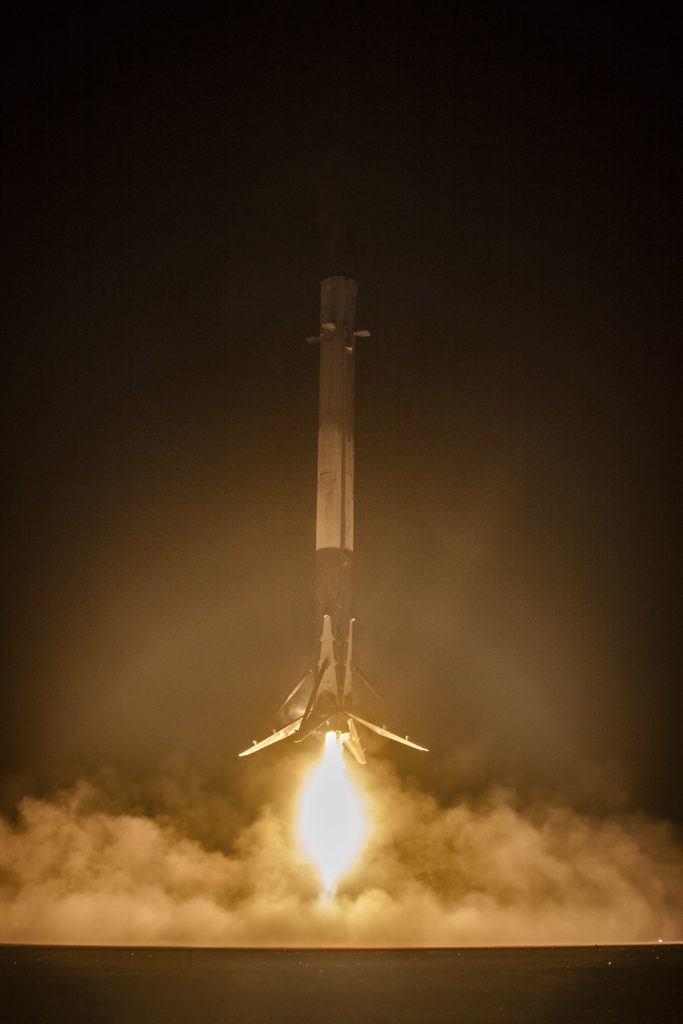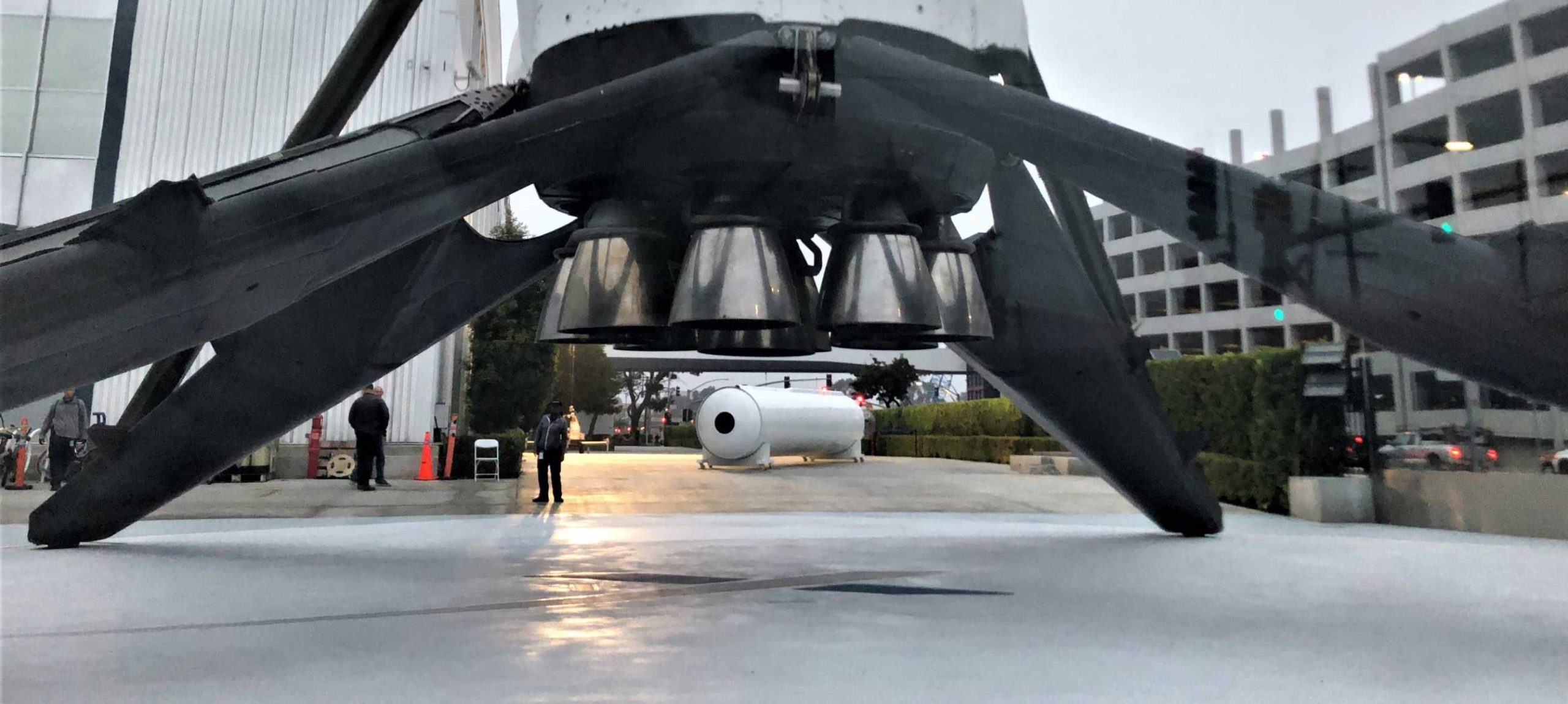
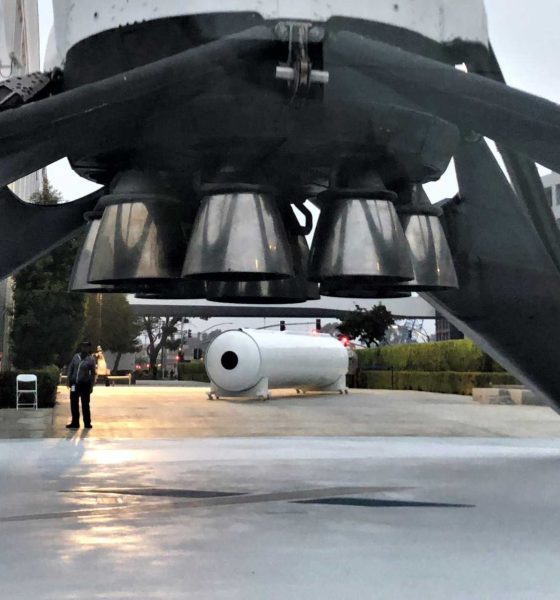
News
SpaceX restores a Falcon 1 rocket for 10th anniversary of first launch success
With plans to give the historic rocket its own place on display inside the company’s Hawthorne factory, SpaceX has refurbished the last remaining Falcon 1 rocket booster and an old Merlin 1C engine to create a model representative of the same Falcon 1 that saved SpaceX and made history on September 28th, 2008, becoming the first privately-developed liquid-fuel rocket to reach Earth orbit.
In the process of celebrating the tenth anniversary of that crowning achievement, one is reminded just how meteoric SpaceX’s rise has been over the course of that decade, marked by relentless progress with Falcon 1, Falcon 9, Falcon Heavy, Cargo Dragon, Crew Dragon, and even the early phases of BFR construction.
https://twitter.com/SpaceXJobs/status/1045832573471969281
On that September afternoon ten years ago, SpaceX may well have saved itself from extinction. Running on funding fumes, CEO and founder Elon Musk has long held that the company would have been forced to effectively cease activity and disband after six years of work and three consecutive Falcon 1 failures had drained almost all of the $100 million he had dedicated in 2002.
Reaching orbit is undoubtedly one of the most technologically challenging feats there is and SpaceX’s merciless failures drove that reality home, ranging from a burst propellant line on the first stage Merlin, liquid propellant sloshing problems on the second stage, and overperformance on the first stage engine causing the two stages to impact after separation, among myriad other problems faced outside of actual launch attempts. Thankfully, thanks to the extraordinary group of several hundred early employees that fixed those problems and pushed onwards, Falcon 1’s fourth attempt was almost flawless and successfully placed a boilerplate mass simulator into a roughly circular ~650km orbit.
- Falcon 1 Flight 4 seen shortly after liftoff from SpaceX’s Kwaj Atoll island pad. (SpaceX)
- Earlier this summer, /r/SpaceX member MarsOrBust101 was lucky enough to spot an old Falcon 1 – long sat at one of SpaceX’s several junkyards – being transferred to its Hawthorne factory. (Reddit /u/MarsOrBust101)
- It’s impossible to know for sure, but that hardware was almost certainly SpaceX’s first Falcon 1 recovery test article in a previous life. (SpaceX)
- SpaceX has restored the last remaining Falcon 1 structures into a display model. The small, unassuming rocket was showcased in front of the company’s Hawthorne factory on September 28th. (Pauline Acalin)
A bit more than nine months later, SpaceX completed the first and last operational launch of Falcon 1, retired to allow the company to focus fully on Falcon 5 (cancelled a few years later), Falcon 9, and Cargo Dragon. Eleven months after that July 2009 mission, SpaceX successfully launched Falcon 9 for the first time and followed it up with the first launch of a functioning Cargo Dragon spacecraft, which spent several hours testing systems in orbit before reentering Earth’s atmosphere and landing in the Pacific Ocean. Two years later in 2012, SpaceX’s Cargo Dragon became the first commercial spacecraft in history to dock with the International Space Station, with operational NASA Commercial Resupply Services launches beginning just six months after.
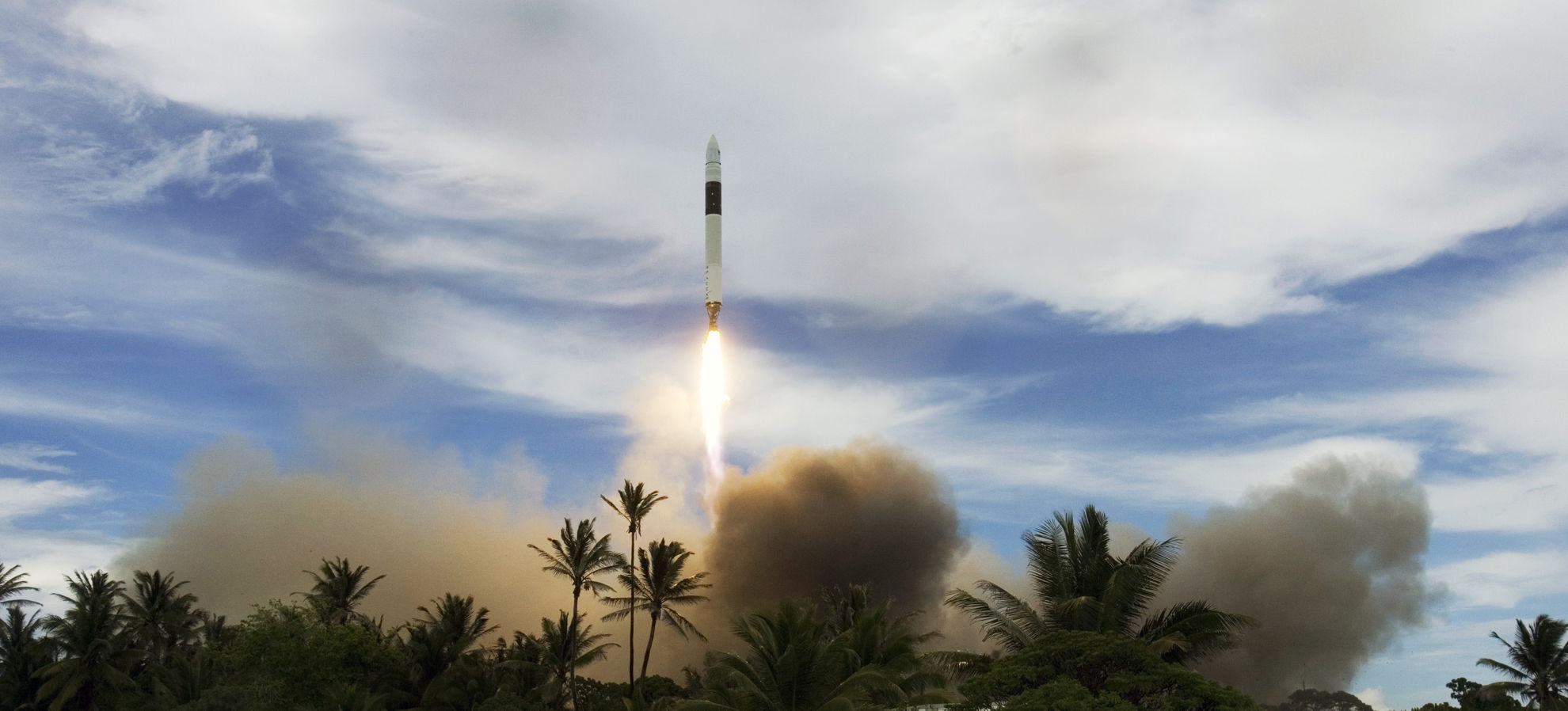
With three years and five successful launches under its belt, Falcon 9 v1.0 was retired and made way for the first of many upgraded Falcon 9 variants, known as Falcon 9 v1.1, featuring 60% greater thrust and mass at liftoff, a new octaweb layout for its nine new Merlin 1D engines, and a range of structural changes that set the stage for future attempts at booster recovery. Two and a half years after Falcon 9 v1.1’s debut and a little over five years since the first successful launch of Falcon 1, SpaceX accomplished the first successful landing of a Falcon 9’s first stage, and that booster now stands proudly outside of the company’s Hawthorne, CA headquarters.
To mark that 10th anniversary, SpaceX apparently decided to salvage a mothballed Falcon 1 stored in a junkyard, refurbishing it into something closer to its former self. Although just the first stage and a Merlin 1C engine were present, the company stationed the refurbished Falcon 1 in front the first recovered Falcon 9 booster and gave all employees an opportunity to see the duo over the course of September 28th.
- Roughly a third of the SpaceX employees present for the company’s Falcon 1 Flight 4 success still remain. (SpaceX)
- Falcon 9 and Falcon 1. (Pauline Acalin)
- SpaceX’s first successful Falcon 9 landing. Booster B1019 now stands in front of SpaceX’s Hawthorne factory. (SpaceX)
- Falcon Heavy successfully clears the tower after its maiden launch, February 6, 2018. (Tom Cross)
The sheer size differential is undeniably impressive. However, a more gobsmacking statistic can be found still. Falcon 1 stands roughly 22 meters tall and would weigh around 39,000 kilograms with a full load of liquid oxygen and kerosene. While the Falcon family’s current payload fairing isn’t nearly tall enough to squeeze in a full Falcon 1 first stage, Falcon Heavy could easily place a fully-loaded Falcon 1 into Low Earth Orbit and still recovery all three of its first stage boosters.
In other words, SpaceX went from launching the first commercial liquid-fuel rocket to reach orbit to launching a super-heavy rocket that could put that entire first rocket into orbit in less than ten years. Not too shabby.
For prompt updates, on-the-ground perspectives, and unique glimpses of SpaceX’s rocket recovery fleet check out our brand new LaunchPad and LandingZone newsletters!

News
Tesla Model 3 named New Zealand’s best passenger car of 2025
Tesla flipped the switch on Full Self-Driving (Supervised) in September, turning every Model 3 and Model Y into New Zealand’s most advanced production car overnight.

The refreshed Tesla Model 3 has won the DRIVEN Car Guide AA Insurance NZ Car of the Year 2025 award in the Passenger Car category, beating all traditional and electric rivals.
Judges praised the all-electric sedan’s driving dynamics, value-packed EV tech, and the game-changing addition of Full Self-Driving (Supervised) that went live in New Zealand this September.
Why the Model 3 clinched the crown
DRIVEN admitted they were late to the “Highland” party because the updated sedan arrived in New Zealand as a 2024 model, just before the new Model Y stole the headlines. Yet two things forced a re-evaluation this year.
First, experiencing the new Model Y reminded testers how many big upgrades originated in the Model 3, such as the smoother ride, quieter cabin, ventilated seats, rear touchscreen, and stalk-less minimalist interior. Second, and far more importantly, Tesla flipped the switch on Full Self-Driving (Supervised) in September, turning every Model 3 and Model Y into New Zealand’s most advanced production car overnight.
FSD changes everything for Kiwi buyers
The publication called the entry-level rear-wheel-drive version “good to drive and represents a lot of EV technology for the money,” but highlighted that FSD elevates it into another league. “Make no mistake, despite the ‘Supervised’ bit in the name that requires you to remain ready to take control, it’s autonomous and very capable in some surprisingly tricky scenarios,” the review stated.
At NZ$11,400, FSD is far from cheap, but Tesla also offers FSD (Supervised) on a $159 monthly subscription, making the tech accessible without the full upfront investment. That’s a game-changer, as it allows users to access the company’s most advanced system without forking over a huge amount of money.
News
Tesla starts rolling out FSD V14.2.1 to AI4 vehicles including Cybertruck
FSD V14.2.1 was released just about a week after the initial FSD V14.2 update was rolled out.

It appears that the Tesla AI team burned the midnight oil, allowing them to release FSD V14.2.1 on Thanksgiving. The update has been reported by Tesla owners with AI4 vehicles, as well as Cybertruck owners.
For the Tesla AI team, at least, it appears that work really does not stop.
FSD V14.2.1
Initial posts about FSD V14.2.1 were shared by Tesla owners on social media platform X. As per the Tesla owners, V14.2.1 appears to be a point update that’s designed to polish the features and capacities that have been available in FSD V14. A look at the release notes for FSD V14.2.1, however, shows that an extra line has been added.
“Camera visibility can lead to increased attention monitoring sensitivity.”
Whether this could lead to more drivers being alerted to pay attention to the roads more remains to be seen. This would likely become evident as soon as the first batch of videos from Tesla owners who received V14.21 start sharing their first drive impressions of the update. Despite the update being released on Thanksgiving, it would not be surprising if first impressions videos of FSD V14.2.1 are shared today, just the same.
Rapid FSD releases
What is rather interesting and impressive is the fact that FSD V14.2.1 was released just about a week after the initial FSD V14.2 update was rolled out. This bodes well for Tesla’s FSD users, especially since CEO Elon Musk has stated in the past that the V14.2 series will be for “widespread use.”
FSD V14 has so far received numerous positive reviews from Tesla owners, with numerous drivers noting that the system now drives better than most human drivers because it is cautious, confident, and considerate at the same time. The only question now, really, is if the V14.2 series does make it to the company’s wide FSD fleet, which is still populated by numerous HW3 vehicles.
News
Waymo rider data hints that Tesla’s Cybercab strategy might be the smartest, after all
These observations all but validate Tesla’s controversial two-seat Cybercab strategy, which has caught a lot of criticism since it was unveiled last year.
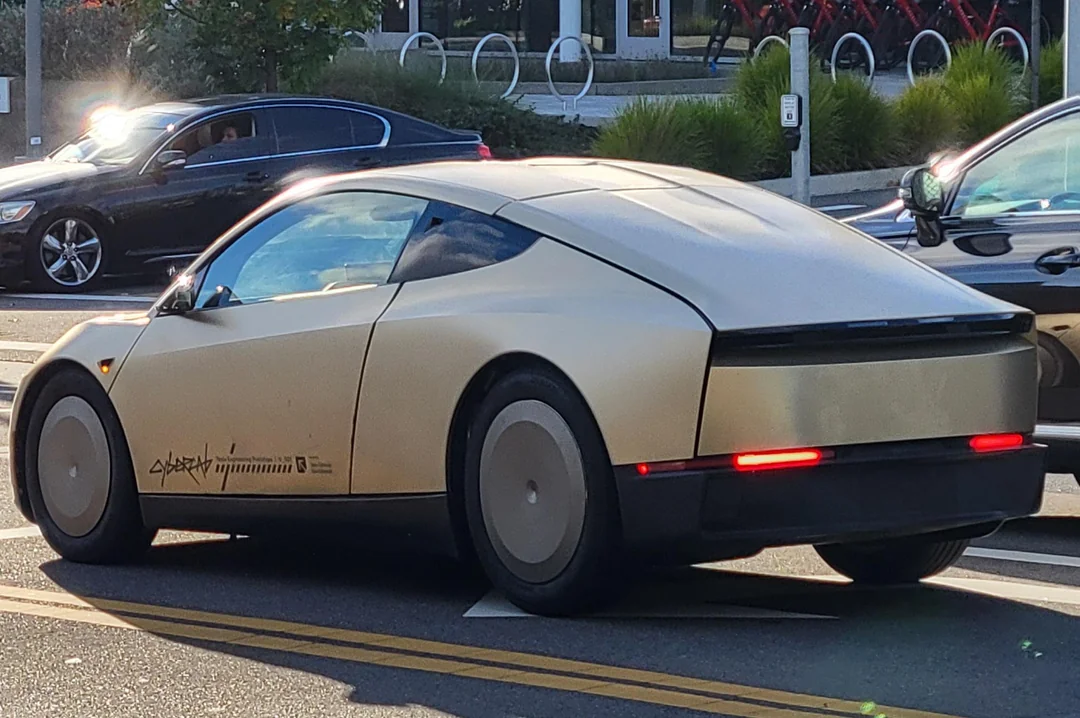
Toyota Connected Europe designer Karim Dia Toubajie has highlighted a particular trend that became evident in Waymo’s Q3 2025 occupancy stats. As it turned out, 90% of the trips taken by the driverless taxis carried two or fewer passengers.
These observations all but validate Tesla’s controversial two-seat Cybercab strategy, which has caught a lot of criticism since it was unveiled last year.
Toyota designer observes a trend
Karim Dia Toubajie, Lead Product Designer (Sustainable Mobility) at Toyota Connected Europe, analyzed Waymo’s latest California Public Utilities Commission filings and posted the results on LinkedIn this week.
“90% of robotaxi trips have 2 or less passengers, so why are we using 5-seater vehicles?” Toubajie asked. He continued: “90% of trips have 2 or less people, 75% of trips have 1 or less people.” He accompanied his comments with a graphic showing Waymo’s occupancy rates, which showed 71% of trips having one passenger, 15% of trips having two passengers, 6% of trips having three passengers, 5% of trips having zero passengers, and only 3% of trips having four passengers.
The data excludes operational trips like depot runs or charging, though Toubajie pointed out that most of the time, Waymo’s massive self-driving taxis are really just transporting 1 or 2 people, at times even no passengers at all. “This means that most of the time, the vehicle being used significantly outweighs the needs of the trip,” the Toyota designer wrote in his post.
Cybercab suddenly looks perfectly sized
Toubajie gave a nod to Tesla’s approach. “The Tesla Cybercab announced in 2024, is a 2-seater robotaxi with a 50kWh battery but I still believe this is on the larger side of what’s required for most trips,” he wrote.
With Waymo’s own numbers now proving 90% of demand fits two seats or fewer, the wheel-less, lidar-free Cybercab now looks like the smartest play in the room. The Cybercab is designed to be easy to produce, with CEO Elon Musk commenting that its product line would resemble a consumer electronics factory more than an automotive plant. This means that the Cybercab could saturate the roads quickly once it is deployed.
While the Cybercab will likely take the lion’s share of Tesla’s ride-hailing passengers, the Model 3 sedan and Model Y crossover would be perfect for the remaining 9% of riders who require larger vehicles. This should be easy to implement for Tesla, as the Model Y and Model 3 are both mass-market vehicles.

